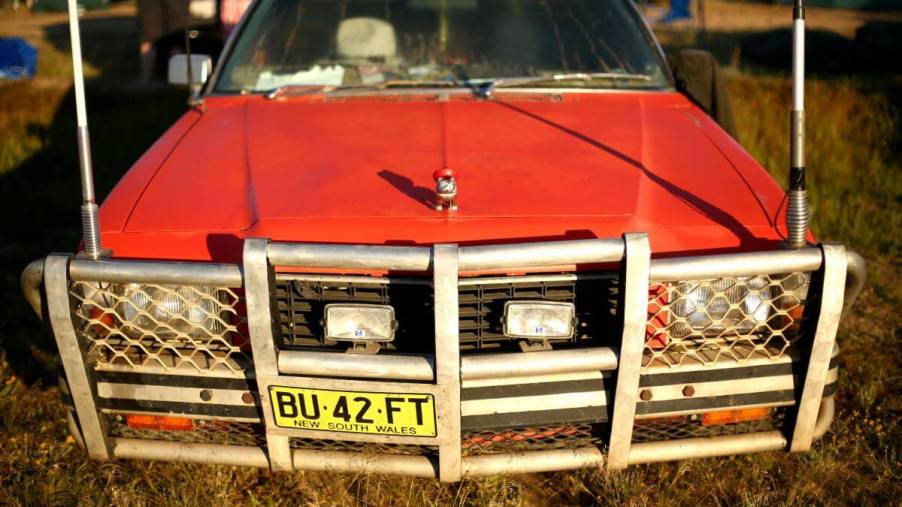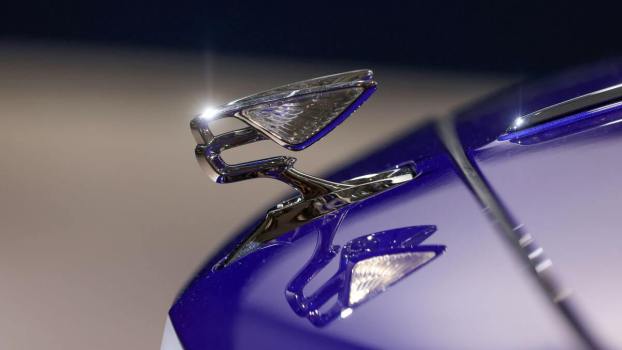
17 Alternative Names for a Bull Bar
Drive along any well-traveled road, or even some roads less traveled, and you’re likely to see cars, trucks, police cruisers, SUVs, semi trucks, or other vehicles sporting oversized bumpers. These sturdy and sizeable accessories are known as bull bars, though there are plenty of other names and moniker variations given to these car parts. Here’s a look at what other terms are used for this unique automotive accessory.
What is a bull bar?
According to Black Horse Off Road, a bull bar is an oversized bumper, often steel or aluminum, installed forward of the front fascia of various vehicles. These are most often installed on police cruisers, 18-wheel trucks, SUVs, and passenger trucks. These types of vehicles often sport bull bars due to the nature of uses associated with the automotive parts.
Bull bars can help prevent damage to a vehicle in a minor forward collision, either with another car or an animal. The latter situation spurred the moniker, according to Trick Trucks. On rural roads in which large wildlife or other animals may roam, a bull bar can take the impact of hitting a large animal without significantly damaging the vehicle sporting it. That can be particularly crucial along rural roads where severe damage can cause legitimate troubles, as finding help or a tow truck is difficult.
Bull bars can also be used for other purposes. On police cruisers, they can be used to push a stalled car off a roadway without inflicting damage on the vehicle doing the pushing. For this reason, many off-road SUVs and trucks are fitted with bull bars for pushing another car that has become stalled or stuck.
17 other names for a bull bar
Although bull bar is the most commonly used term for these popular bolt-on accessories, many other monikers are used to describe them. Some other names for a bull bar include:
- Brush guard
- Cactus pusher
- Cattle pusher
- Crash guard
- Grille guard
- Kangaroo bar
- Kangaroo device
- Livestock stop
- Nudge bar
- PIT bar
- PIT bumper
- Push bar
- Push bumper
- Ram bar
- Rammer
- Roo bar
- Winch bar
The various alternative ways to describe the bumper are based on their intended use or where they are applied. For instance, the monikers kangaroo bar/device and Roo bar are most commonly used in Australia. There, as any stereotypical portrayal of the continent will underscore, one of the most prolific forms of wildlife, and one often encountered on roads, are kangaroos.
A PIT bar/PIT bumper refers to its use on police cruisers. The term “PIT” is short for “precision immobilization technique.” This is a pursuit method used by police cars, often in high-speed chases, in which the front of a police vehicle is used to hit the rear quarter panel and spin the pursued vehicle, effectively bringing it, and the police chase, to an end when done effectively.
Terms like brush guard and cactus pusher have been coined to describe the substances bull bars can protect against. These terms are most often applied to SUVs or other vehicles that often venture off-road and may encounter brush or vegetation that could otherwise damage the front of a vehicle if no device was installed.
As the term suggests, a winch bar is essentially a bull bar that houses a winch. Some bull bars with built-in winches are available, while others can be used to mount one to the front of a car, truck, or SUV.




